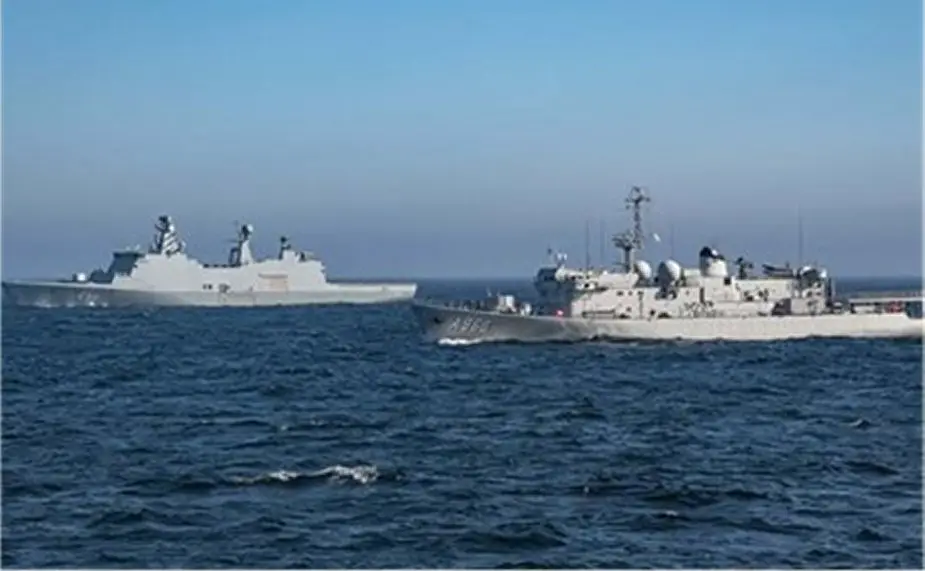Breaking news
SNMG1 and SNMCMG1 exercises together in the Baltic Sea.
According to information published by NATO on April 8, 2021, Standing NATO Maritime Group One (SNMG1) and Standing NATO Mine Countermeasures Group One (SNMCMG1) have conducted three days of training off the coast of Latvia and Estonia between 29-31 March 2021.
Follow Navy Recognition on Google News at this link
 HDMS Absalon F341 and Belgian ship Godetia A960 (Picture source: NATO)
HDMS Absalon F341 and Belgian ship Godetia A960 (Picture source: NATO)
SNMG1 and SNMCMG1 are two of four NATO Standing Naval Forces (SNFs) on continuous active duty that contribute to the Alliance’s collective defence on a permanent basis. As the core of the Very High Readiness Joint Task Force (Maritime), they provide constant high-readiness maritime capabilities that can quickly and effectively respond across the full spectrum of operations in support of any NATO operations.
SNFs are multinational, integrated maritime forces comprised of warships from various Allied countries and are highly interoperable with one another. Furthermore, each SNF provides unique and robust operational capabilities that complement each other in their common designated Area of Operations (AOO). Such is the case with SNMG1 and SNMCMG1 as both SNFs primarily operate in Western and Northern European waters which include the Baltic Sea, North Sea, Norwegian Sea and their maritime approaches.
Among the interaction highlights was a temporary exchange of personnel (i.e. “crosspols”) between the two Forces on the final two days of interactions. Small boats transferred designated personnel back and forth between SNMG1 unit, HMCS Halifax, and SNMCMG1 units BNS Godetia, ENS Ugandi and FGS Datteln. These personnel then job shadowed their counterparts for the day, toured the ships and established personnel and professional relationships.
HDMS Absalon (F341) and her sister ship Esbern Snare are the two biggest ships ever to serve in the Royal Danish Navy (RDN), and are the two members of the Absalon class.
The ships are longer than the Thetis class (137m/452ft vice 112.5m/369.1ft) in order to incorporate a mid-ship "multi-function" plug. The beam has grown from 14.4m/47.5ft in Thetis to 19.5m/64.4ft in the new class. An all-diesel propulsion plant driving two shafts (compared to the one-shaft propulsion system chosen for the Thetis class due to the requirement to navigate in ice) allows for a maximum speed of 24 knots. The superstructure is designed and constructed to enhance the ships' stealth characteristics. Additionally, a flight deck and hangar to support flight operations by two helicopters up to 15 tons.





























